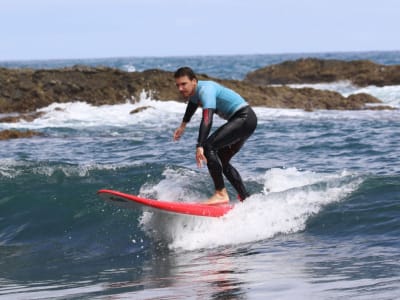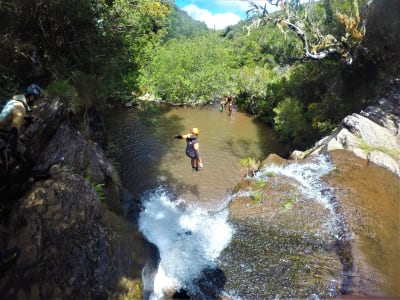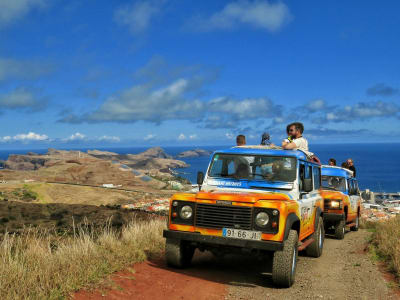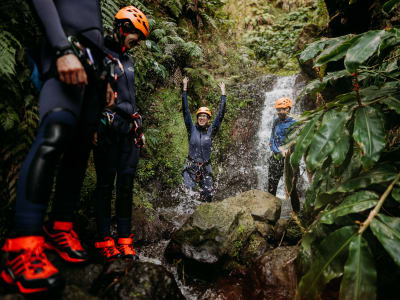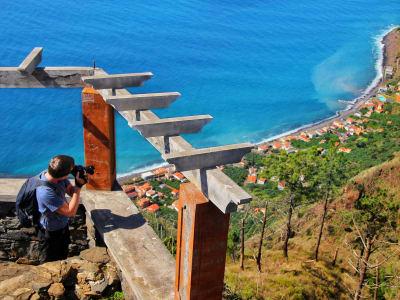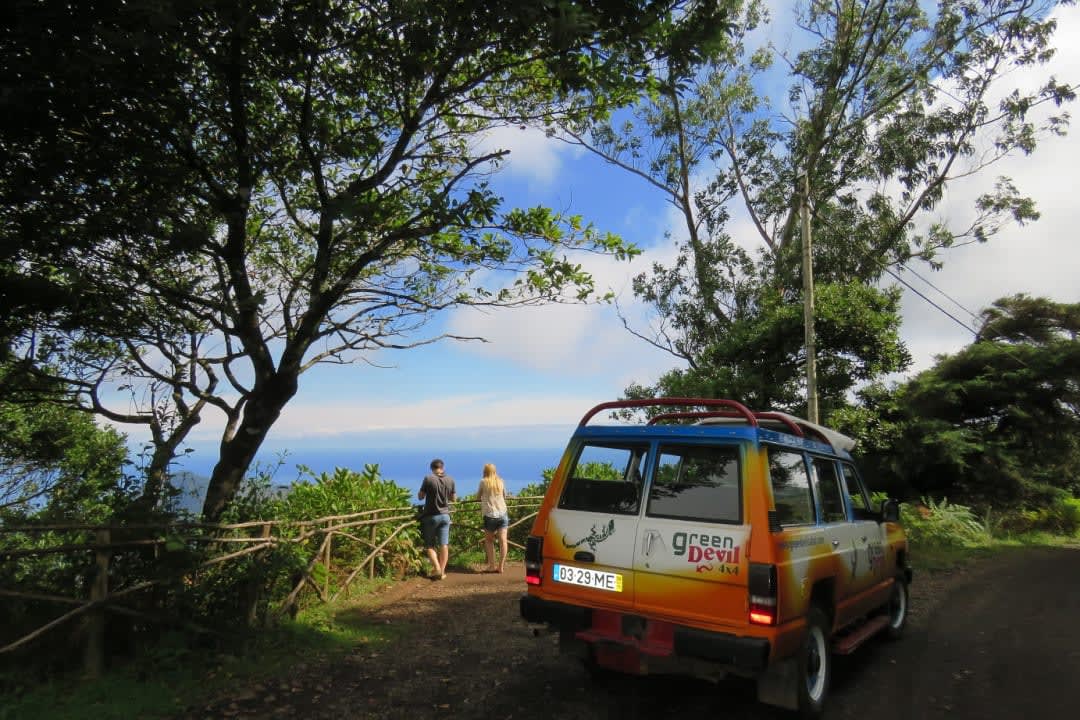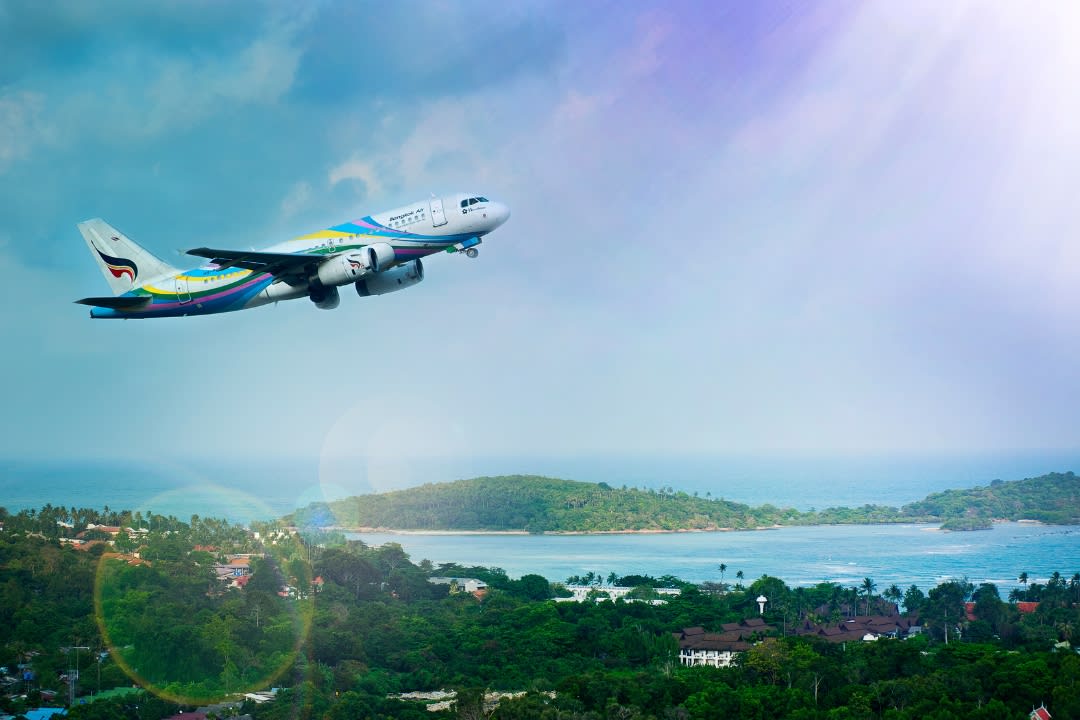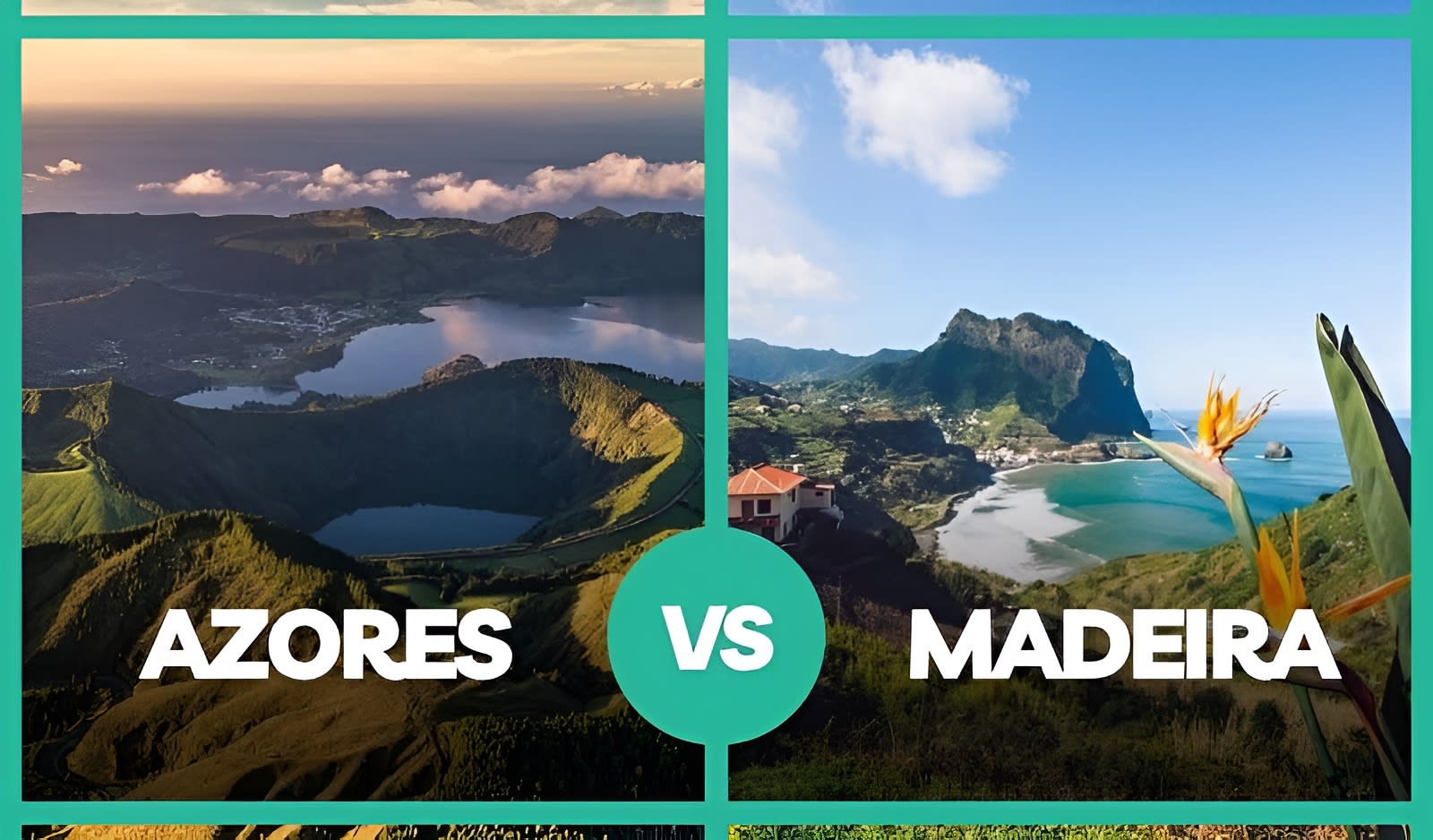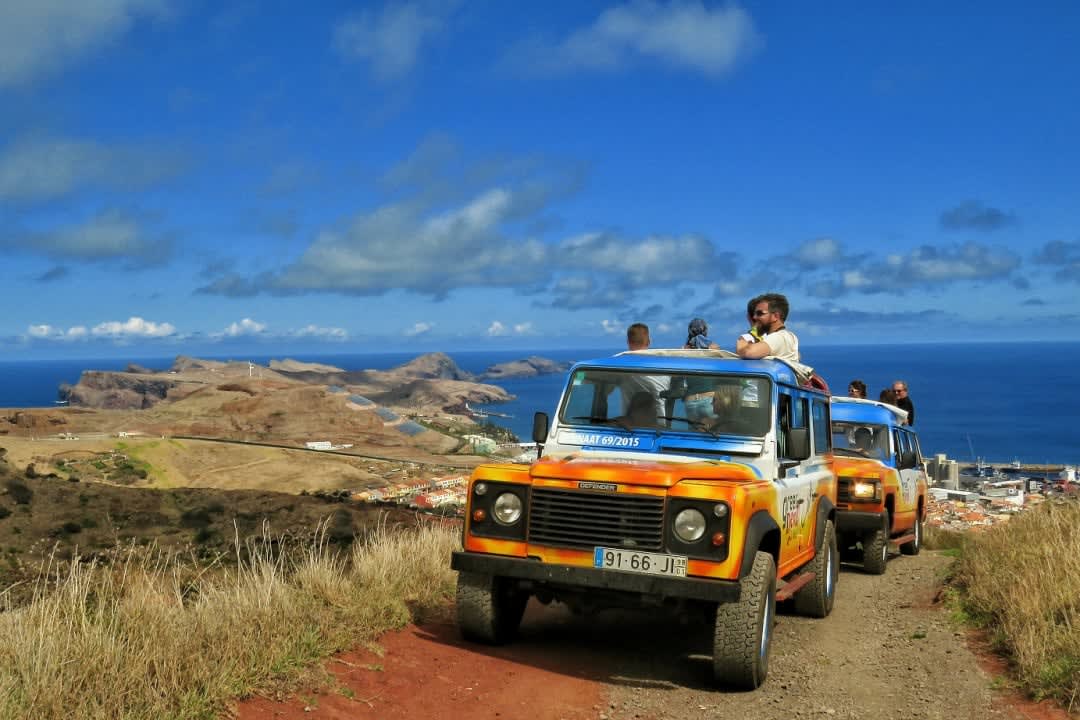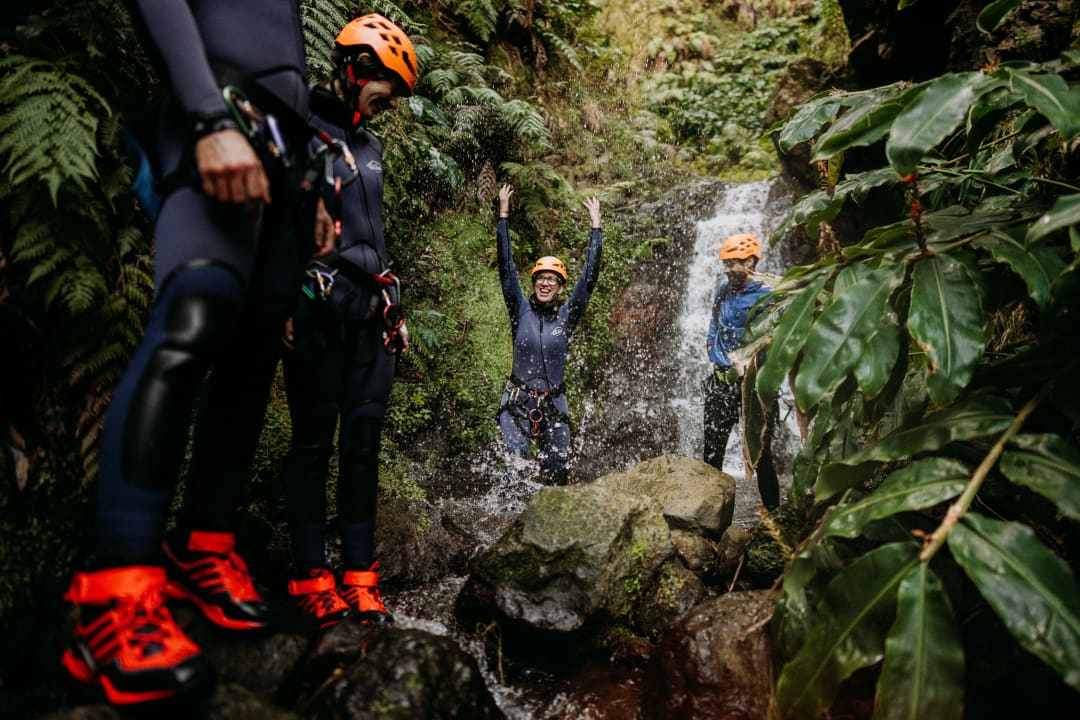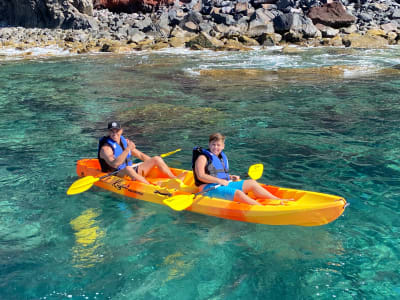
How to get to Madeira - Ultimate Travel Guide
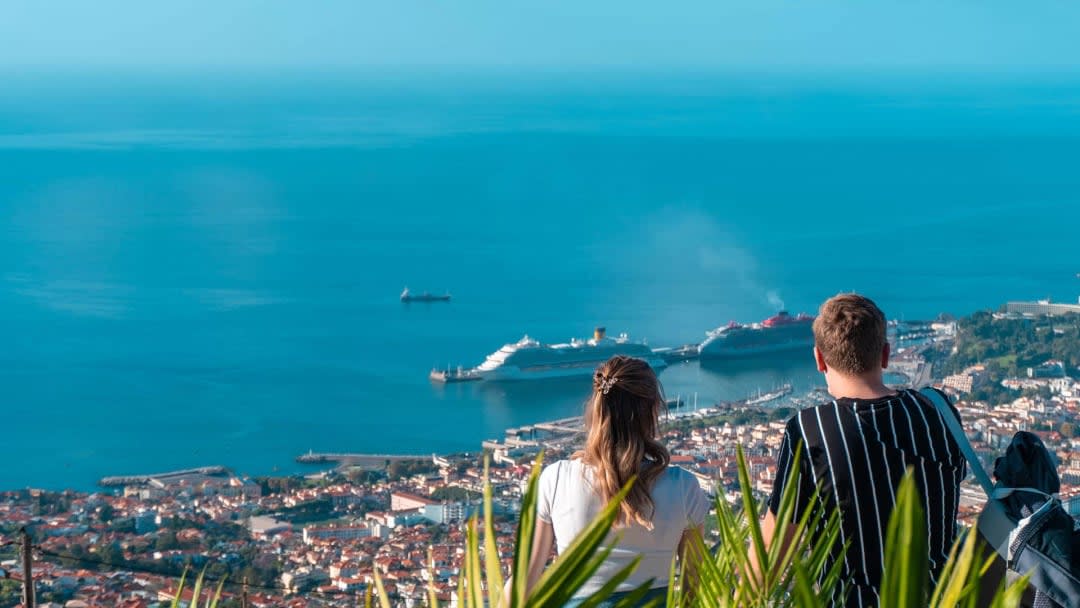
A garden rising from the Atlantic, Madeira is where mountains meet the sea, flowers bloom all year, and adventure hides behind every winding road. If you have ever wondered where is Madeira, how to get to Madeira, or is Madeira worth visiting, this guide will take you through everything you need to know to plan your perfect Madeira trip.
The Ultimate Guide: How to get to Madeira and plan your perfect island trip
Madeira, often called the “Island of Eternal Spring,” is a Portuguese archipelago set in the Atlantic Ocean. Though geographically closer to Africa than Europe, it belongs to Portugal, sitting about 1,000 km from Lisbon and only 500 km from Morocco. This unique location gives Madeira its warm climate, lush green landscapes, and rugged volcanic coastlines.
The capital, Funchal, is a vibrant port city filled with colorful markets, botanical gardens, cable cars, and a lively old town where traditional music and food invite you to slow down. But step beyond the city, and Madeira reveals its wild side—levada walks through misty laurel forests, mountain peaks high above the clouds, sheer cliffs dropping into turquoise seas, and Santana villages where time seems to pause.
If you’re asking yourself is Madeira worth visiting, the answer is a resounding yes. Whether you crave surfing, canyoning, whale watching, cultural immersion, or simply soaking up sun with a glass of Madeira wine in a jeep tour, this island delivers. In this ultimate guide, we’ll break down everything you need to know about Madeira.
For activity inspiration, check out our blog article on the top outdoor activities in Madeira.
Where is Madeira?
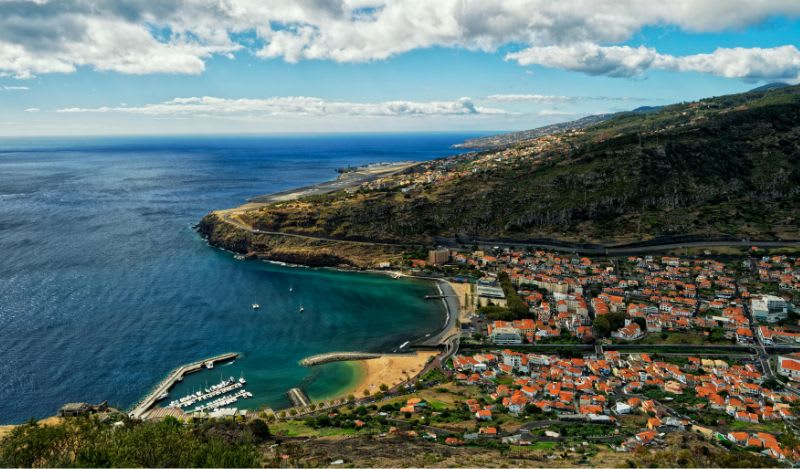
If you have ever wondered where is Madeira, the answer is that this beautiful archipelago lies in the Atlantic Ocean, belonging to Portugal but set closer to Africa. Madeira is made up of four islands, with Madeira Island being the largest and home to most of the population and attractions. To the northeast is Porto Santo, famous for its long golden beach, while the Desertas and Selvagens islands remain uninhabited and protected as nature reserves.
Even though Madeira sits about 950 kilometers southwest of Lisbon and around 500 kilometers west of Morocco, it is culturally and politically Portuguese. This makes it an exotic yet accessible destination for travelers looking for something unique while still staying within Europe.
One of Madeira’s charms is that it feels timeless. Many visitors say that traveling to Madeira is like visiting Portugal twenty years ago. You find traditional fishing villages where life moves at a slower rhythm, family-owned taverns serving recipes passed down for generations, and landscapes untouched by mass tourism. This blend of authenticity with modern comforts is part of what makes visiting Madeira so special.
The island of Madeira is also strikingly beautiful. Its mountains rise over 1,800 meters, offering dramatic peaks and deep valleys, while the Laurisilva forest, a UNESCO World Heritage Site, preserves a rare ecosystem of ancient subtropical trees. Along the coast, towering cliffs plunge into the Atlantic, with banana plantations and small stone houses adding to the charm. This unique combination of natural wonder and cultural heritage explains why so many travelers are drawn to visit Madeira year after year.
How to get to Madeira?
When planning a Madeira trip, the first question most travelers ask is how to get to Madeira. Thankfully, reaching this Atlantic paradise is easier than it might seem.
Arriving by air
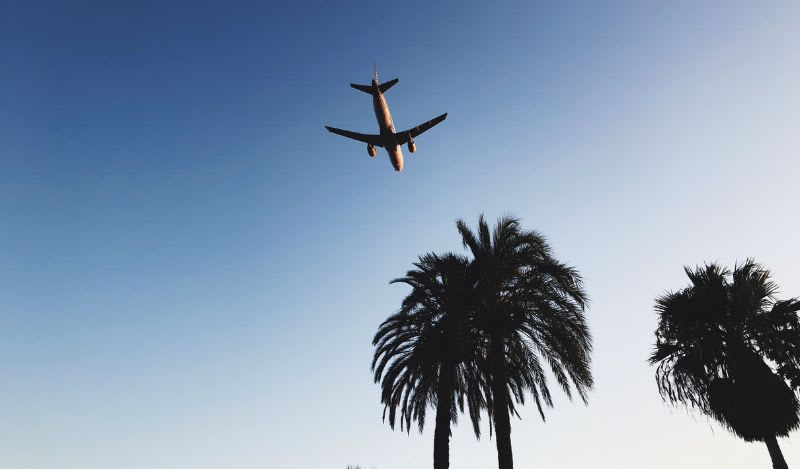
The main gateway to the island of Madeira is Cristiano Ronaldo International Airport (FNC), located near Funchal. This airport, named after the island’s most famous native, connects Madeira to both mainland Portugal and many international destinations.
Flights from Lisbon take about 1 hour and 45 minutes, while flights from Porto are just over 2 hours. Many European cities offer direct connections, including London, Paris, Amsterdam, Madrid, and Berlin, with flights averaging between three and four hours. Some seasonal flights connect Madeira with North America, but most international visitors arrive via a transfer in Lisbon.
The airport itself is known for its spectacular approach. As your plane descends, you fly over the sparkling Atlantic and the rugged coastline, often with mountains rising dramatically in the background. It is considered one of the most scenic landings in Europe, and sitting on the left-hand side of the plane gives you breathtaking views of the island as you arrive.
Arriving by sea
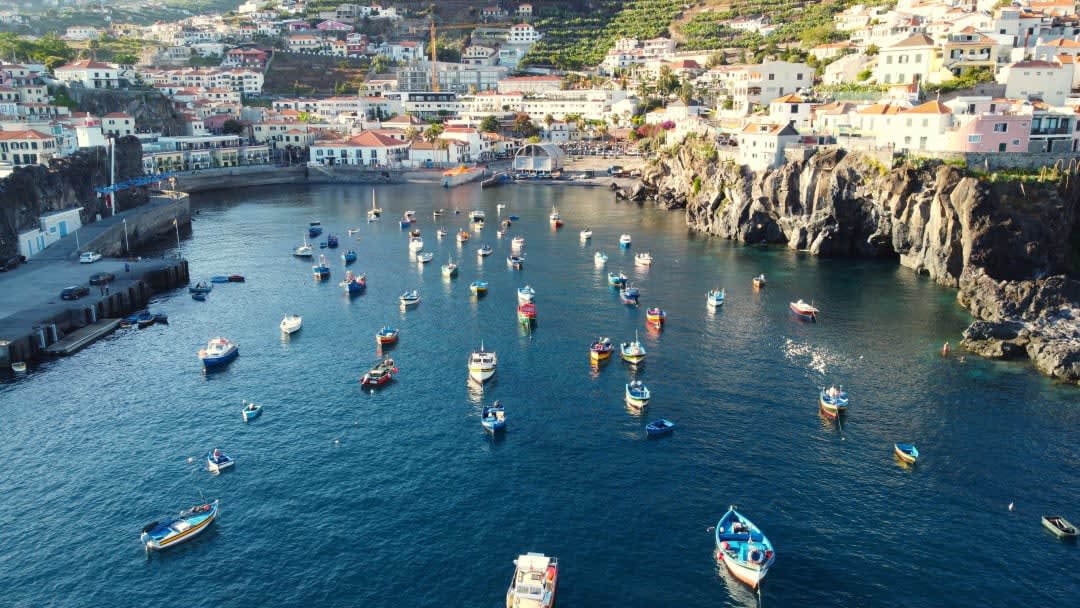
While the vast majority of visitors travel to Madeira by plane, it is still possible to reach the island by ship. The only current option is to book a place on a cargo vessel that accepts passengers. This route connects Lisbon with the port of Caniçal on Madeira Island and offers a rare opportunity to arrive slowly across the Atlantic.
The service is operated by GS LINES, which runs a weekly sailing from Lisbon to Madeira. The ship normally departs from Lisbon on Saturday and arrives in Madeira on Monday morning. Cabins are modest but comfortable and meals are included in the fare. The price is usually around one hundred and eighty euros per person and includes one piece of luggage up to twenty kilograms.
The booking process is different from buying a flight ticket and must be handled directly through the shipping company or one of its appointed agents. Passengers are required to provide identification details and proof of personal accident insurance before the reservation is confirmed. Once the booking is accepted, you will receive a boarding confirmation and instructions for embarkation at the port of Lisbon.
Traveling to Madeira by cargo ship is not for everyone but it has a strong appeal for slow travel enthusiasts. It is also practical for those who wish to bring a car, a motorcycle, or even pets with them to Madeira. Spending two days at sea creates a sense of anticipation and makes the arrival on Madeira Island even more rewarding, as the cliffs and mountains appear gradually on the horizon.
How to Move Around Madeira
Madeira may be a small island, but its dramatic mountains, deep valleys, and winding roads make every journey an adventure. While public transport exists, the best way to truly explore Madeira is by car, giving you the freedom to chase sunrise views, hidden villages, and secret viewpoints at your own pace.
Renting a Car in Madeira
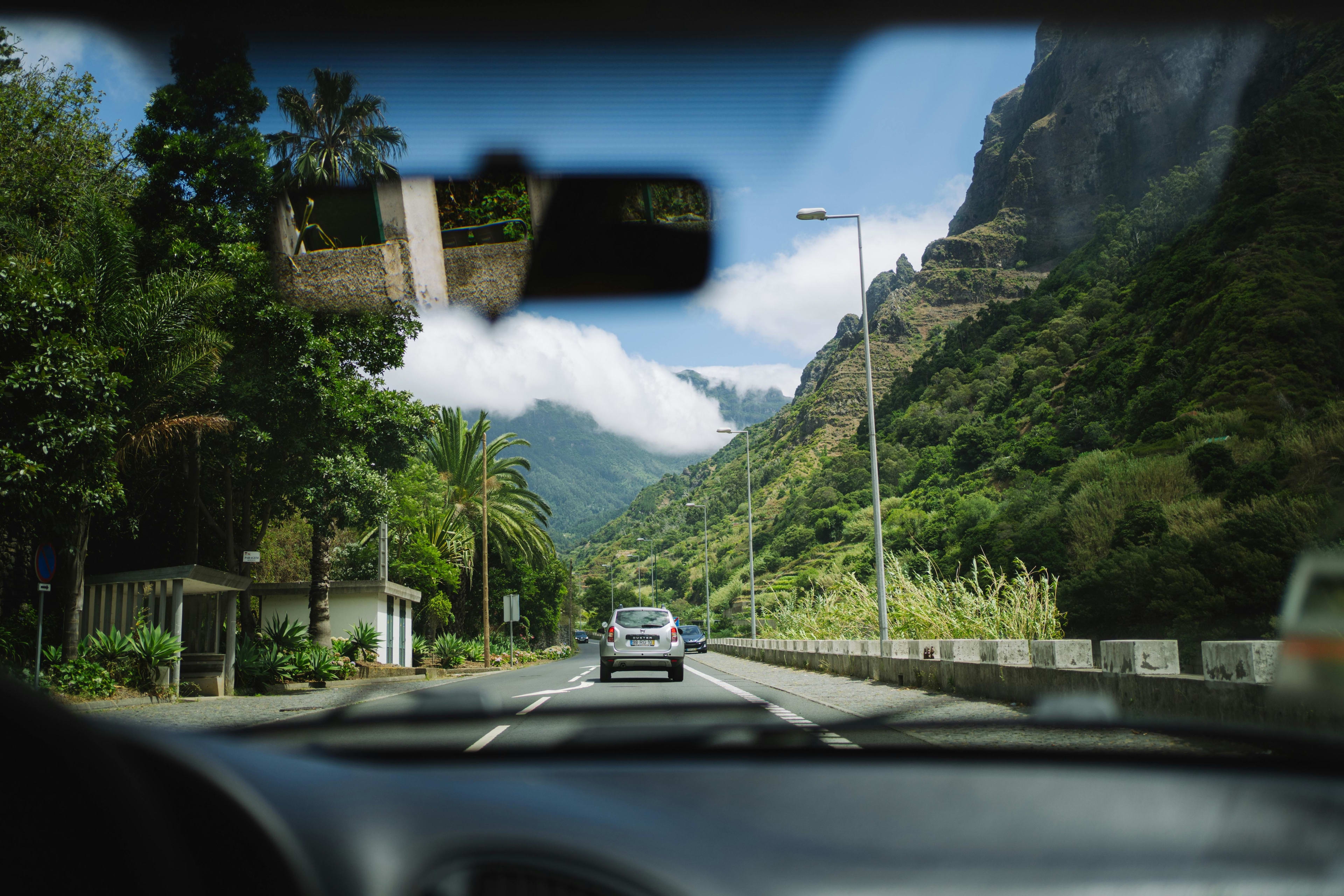
Renting a car is the easiest way to uncover Madeira’s magic. From the soaring peaks of Pico do Arieiro to the charming coastal town of Câmara de Lobos, a car lets you move seamlessly between stunning landscapes. Drive along twisting mountain roads, pass through tunnels that cut through the heart of the island, and discover natural pools, lush levadas, and panoramic viewpoints that are often out of reach by bus.
A rental car also gives you the flexibility to plan your day exactly how you like: a morning levada walk, an afternoon by the ocean, and an evening watching the sunset over the cliffs. Booking in advance is recommended, especially during peak travel seasons, and small vehicles are ideal for Madeira’s narrow, winding streets.
For official information and a list of trusted car and scooter rental contacts, the Madeira Promotion Bureau provides a helpful PDF guide, making it easy to choose a reliable rental provider.
Getting to Porto Santo
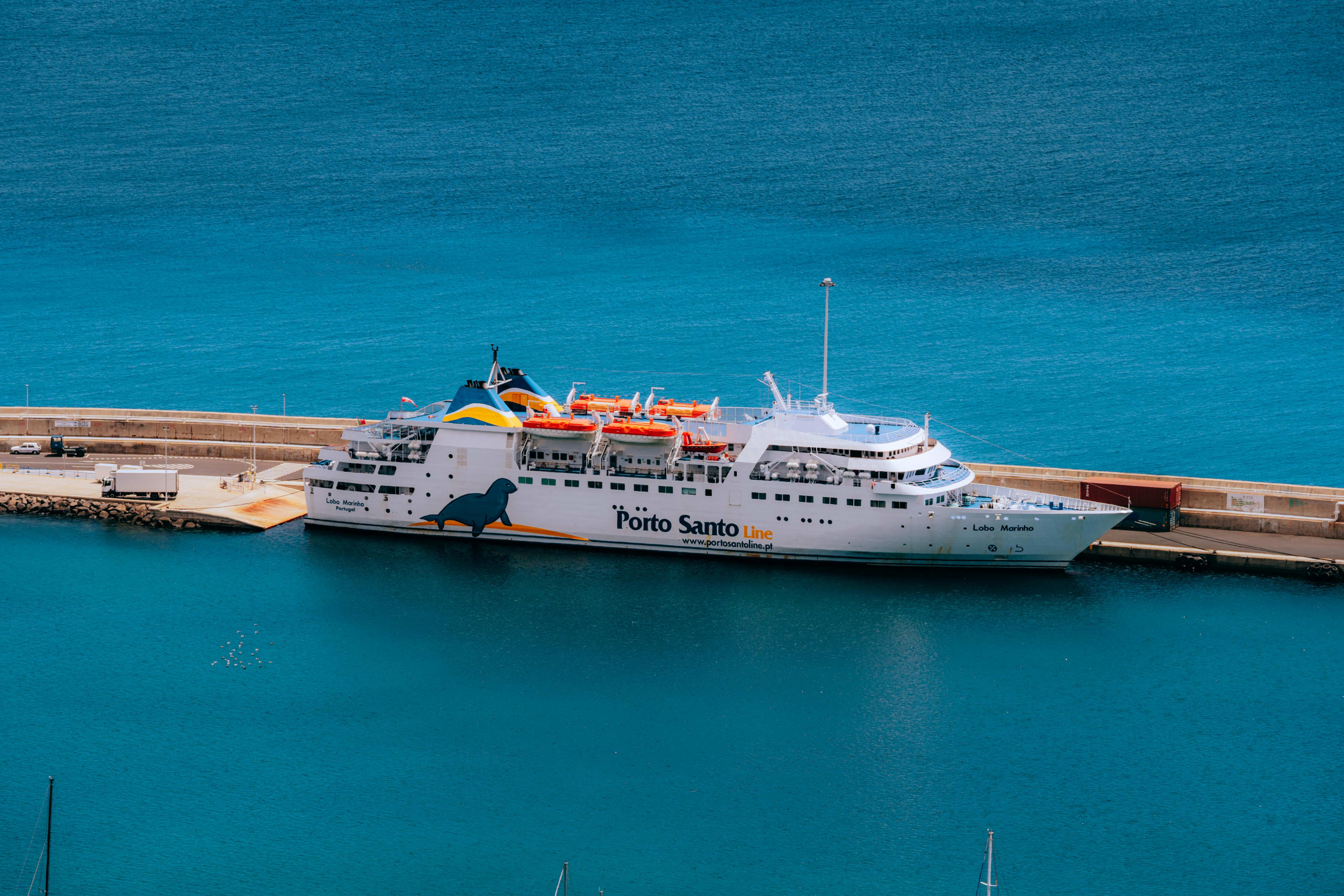
No trip to Madeira is complete without a visit to Porto Santo, a peaceful island just 60 kilometers northeast, famous for its golden nine-kilometer-long beach. Reaching Porto Santo is easy and scenic, with two main options:
- By Air: A short 15-minute flight from Madeira is the quickest way to arrive, perfect for travelers who want to maximize their time on the island.
- By Sea: The ferry Lobo Marinho takes around two and a half hours, offering breathtaking views of the Atlantic and the coastline of both islands.
Porto Santo feels like a world apart. Its flat, sun-soaked landscape is a calm contrast to Madeira’s dramatic mountains. Walking along its soft golden beach, swimming in crystal waters, or simply feeling the sand between your toes is a rejuvenating experience. The sand is even said to have therapeutic properties, adding a touch of wellness to your getaway.
Spending at least one night on Porto Santo allows you to fully enjoy the island’s charms. Stroll through Vila Baleira, taste local delicacies like bolo do caco with garlic butter, savor freshly grilled fish, and soak in the relaxed pace that makes Porto Santo unforgettable.
For the most accurate and up-to-date ferry fares, including options for passengers and vehicles, check the official Porto Santo Line fare guide.
Best time to travel to Madeira
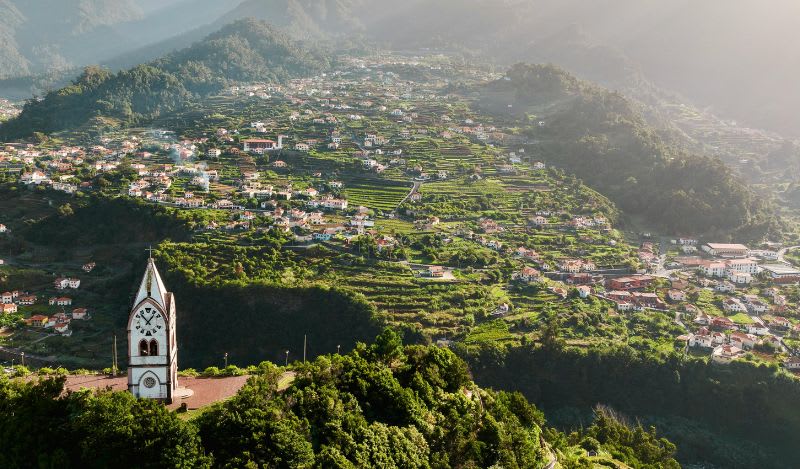
Madeira enjoys mild weather throughout the year, but each season brings its own appeal.
- Spring, from March to May, is ideal for levada walks as flowers bloom across the island.
- Summer, from June to August, is sunny and warm, perfect for swimming and festivals.
- Autumn, from September to November, offers fewer crowds, warm seas, and ideal hiking conditions.
- Winter, from December to February, remains mild compared to mainland Europe and is perfect for Christmas celebrations and whale watching.
Because the climate rarely drops below 16°C even in winter, Madeira truly lives up to its nickname as the Island of Eternal Spring.
Is Madeira worth visiting?
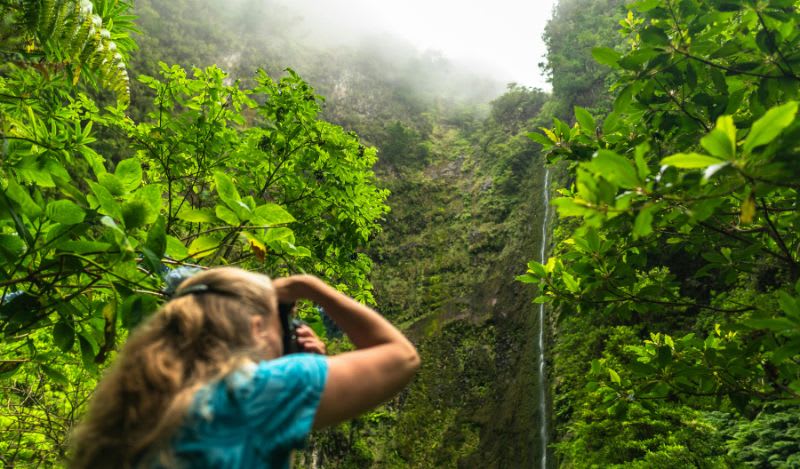
If you are wondering whether visiting Madeira is worth it, the answer is a definite yes. Here are some reasons why this island stands out.
First is the scenery. The island’s volcanic origins created a landscape that is both dramatic and beautiful. Mountains rise sharply from the sea, valleys are covered in lush greenery, and cliffs plunge into turquoise waters. Few islands combine so many landscapes in such a compact space.
Second is the culture. Madeira has a rich Portuguese heritage blended with unique island traditions. Local festivals fill the streets with music and dance, embroidery and handicrafts are still practiced, and food traditions remain strong.
Third is the cuisine. A Madeira trip would not be complete without trying espetada, skewers of beef grilled on laurel wood, or bolo do caco, a traditional flatbread served with garlic butter. The island is also famous for its wine, aged in oak barrels and enjoyed worldwide for centuries.
Fourth is the adventure. From canyoning in volcanic gorges to paragliding above Cabo Girão, from whale watching in the open Atlantic to hiking ancient levada paths, Madeira is paradise for outdoor enthusiasts.
Finally, the climate makes Madeira an all-year destination, which is rare in Europe. Even in the depths of winter, you can expect mild temperatures, blooming gardens, and comfortable hiking conditions.
So is Madeira worth visiting? The truth is that Madeira offers something for everyone. Whether you want an active holiday filled with exploration or a quiet retreat surrounded by natural beauty, this island can provide it.
Best things to do on Madeira island
Madeira Island may be compact, but it offers countless experiences. Below are some of the most memorable things to do on Madeira island, each one adding to the richness of your Madeira trip.
1- Hike the levada trails
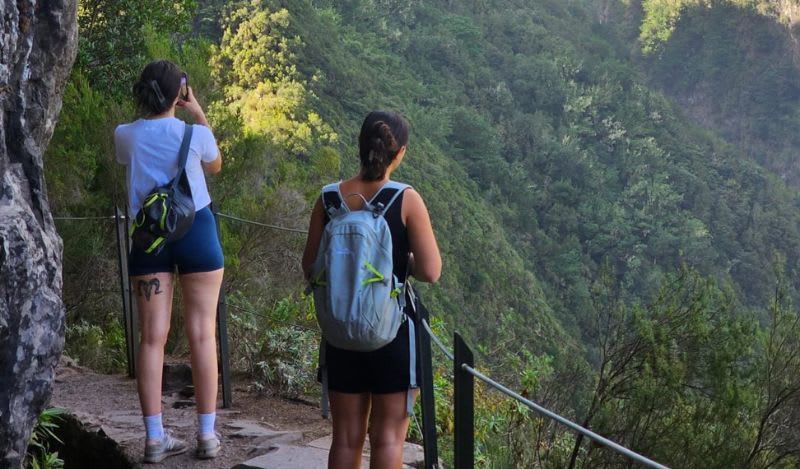
The levadas are narrow irrigation channels built to carry water across the island. Alongside them run walking paths that today form one of Madeira’s most iconic attractions.
One of the most famous hikes is the Levada do Caldeirão Verde, a 13 kilometer round trip that passes through tunnels, forests, and waterfalls. Another is the Levada das 25 Fontes, leading to a glistening pool fed by multiple cascades.
Walking along a levada immerses you in lush vegetation, with birds singing and streams trickling beside you. Some levadas are easy and family friendly, while others climb higher into the mountains for adventurous hikers.
2- Watch the sunrise at Pico do Arieiro
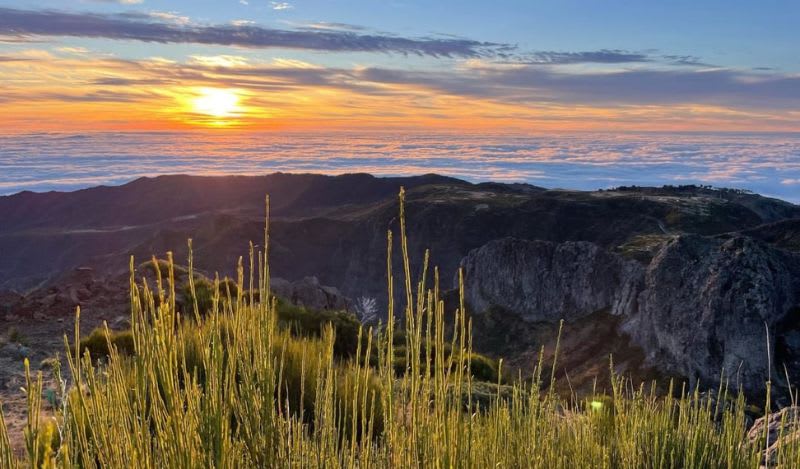
Standing at 1,818 meters, Pico do Arieiro is the island’s third-highest peak and one of its most accessible. At sunrise, the view is extraordinary, with clouds drifting below the jagged ridges and the sky painted in soft colors.
From here you can also take the famous trail to Pico Ruivo, the highest peak at 1,862 meters. This hike route through the peaks of Madeira offers dramatic views and a real sense of adventure as you cross narrow ridges above the clouds.
3- Explore Funchal’s old town
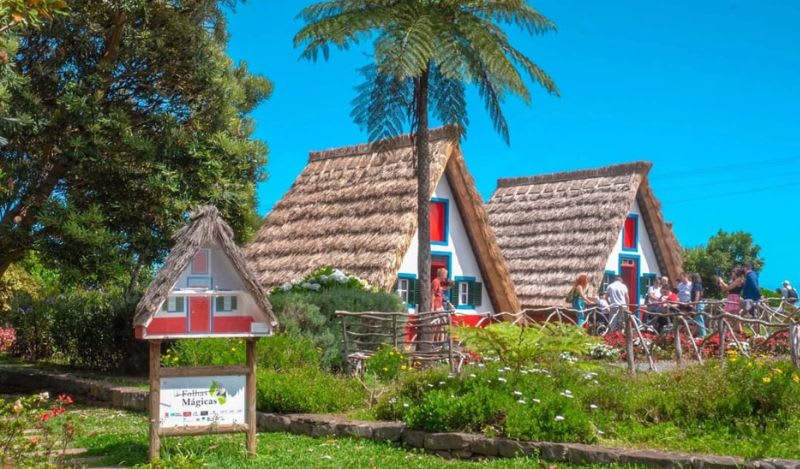
Funchal, the capital of Madeira, deserves time on every itinerary. Its old town, known as Zona Velha, is filled with cobbled streets, painted doors, and historic churches. The Mercado dos Lavradores market is a must, offering tropical fruits, flowers, fish, and local crafts.
Take an incredible 4x4 tour or jeep tour around Madeira from Funchal and get to know some of the best natural spots in the east of the island. The ride offers sweeping views over the city and harbor.
4- Visit Cabo Girão skywalk
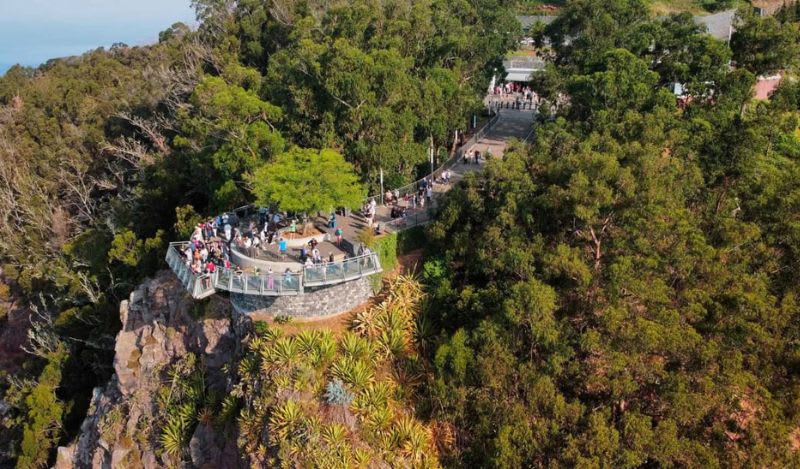
Cabo Girão is one of the highest sea cliffs in Europe, standing 598 meters above the Atlantic. At the top you will find a glass skywalk platform that lets you look directly down at the sea below. It is a thrilling experience and one of Madeira’s most photographed spots. Do not miss this unique experience and take an amazing excursion of Skywalk, Cliff & Valleys 4x4 tour from Funchal to enjoy the unforgettables adventures in Madeira island.
5- Whale and dolphin watching
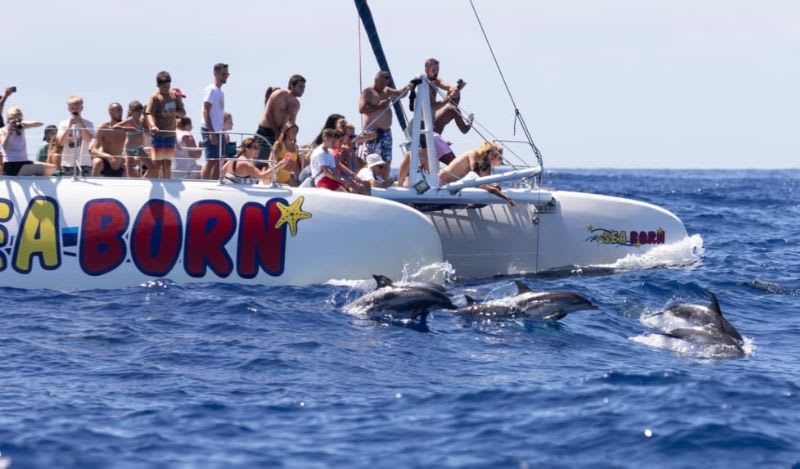
Madeira’s waters are rich in marine life. Catamaran tours from Funchal offers the chance to see dolphins playing in the waves and whales passing through on their migrations.
The best months for sightings are from April to October, but dolphins can be spotted year-round. Many tours also offer the chance to swim in the open sea after the wildlife encounters.
6- Try the Monte toboggan ride
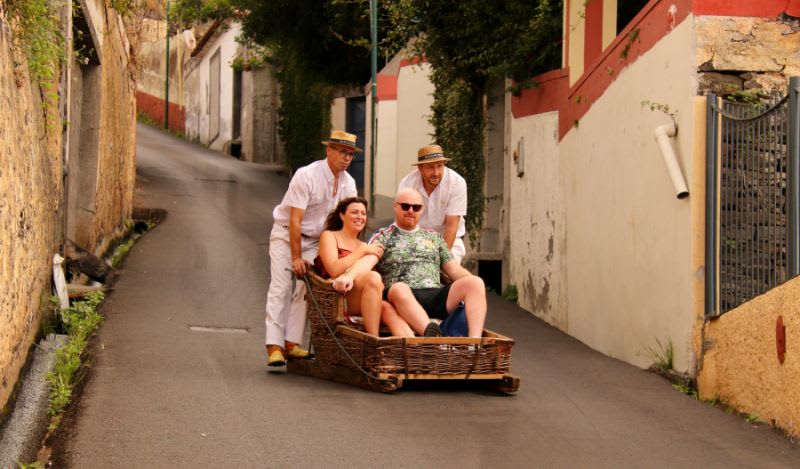
One of Madeira’s quirkiest traditions is the Monte toboggan ride. From the hilltop village of Monte, you can descend towards Funchal in a wicker sled steered by two men dressed in white with straw hats. The ride dates back to the 19th century when it was a practical way to travel downhill, and today it remains a fun and unique attraction.
7- Taste Madeira’s cuisine
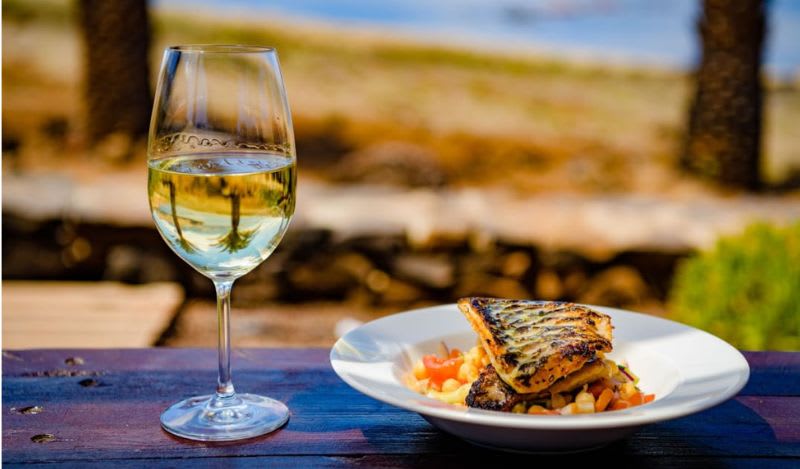
Food is central to the experience of visiting Madeira. Try grilled limpets known as lapas, served with garlic and lemon. Sample black scabbard fish with banana, a local specialty that sounds unusual but tastes delicious. Enjoy poncha, a strong drink made with sugarcane spirit, honey, and lemon. And of course, do not leave without tasting Madeira wine, which has been exported worldwide since the Age of Exploration.
How many days to spend in Madeira?
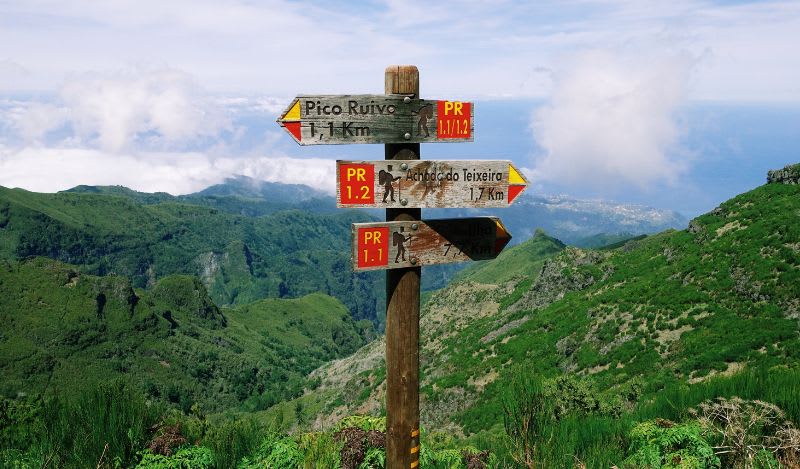
The question of how many days to spend in Madeira depends on your interests.
If you have three or four days, you can explore Funchal, hike a levada, visit Cabo Girão, and take a whale watching trip. This is enough for a taste of the island but will leave you wanting more.
With five to seven days, you can add Pico do Arieiro, Porto Moniz natural swimming pools, and perhaps a day trip to Porto Santo. This length allows you to experience the best of Madeira without rushing.
With eight or more days, you can dive deeper, exploring remote levadas, hidden villages, and relaxing by the ocean. This is ideal for travelers who enjoy hiking and want to fully experience the diversity of the island.
For a first Madeira trip, the sweet spot is about five to seven days. This gives you time to enjoy both the city of Funchal and the wild landscapes that make the island so special.
Practical tips for your Madeira trip
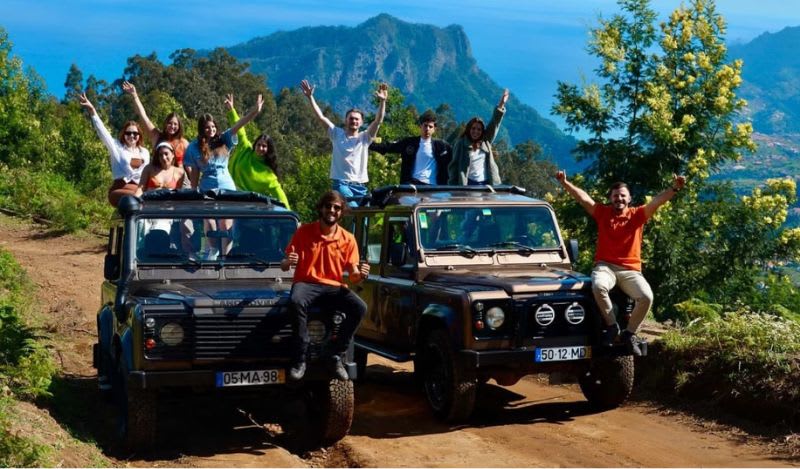
- Transport: Renting a car is the best way to explore Madeira’s mountains and villages, though buses connect many main routes. Be prepared for steep roads and tunnels.
- Weather: Always pack layers. It may be sunny in Funchal but cool and misty in the mountains. A rain jacket and sturdy shoes are recommended for levada walks.
- Language: Portuguese is the official language, but English is widely spoken in tourist areas.
- Safety: Madeira is very safe, with low crime rates and friendly locals.
- Packing essentials: Hiking shoes, swimwear, sunscreen, and a reusable water bottle are musts for a comfortable trip.
Your adventure in Madeira awaits
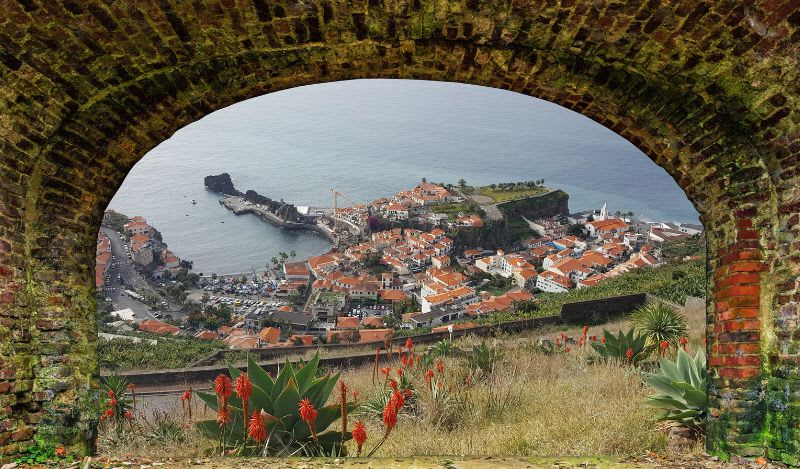
Madeira is not just a destination, it is a complete experience of nature, culture, and adventure. From its capital city Funchal to the wild cliffs of Cabo Girão, from sunrise above Pico do Arieiro to lazy afternoons in Porto Moniz, the island offers moments that will stay with you forever.
When you ask yourself how to get to Madeira Portugal, the answer is simple. It may take only a short flight from Lisbon or a cruise across the Atlantic, but once you arrive you enter a world apart.
So plan your Madeira trip, bring your curiosity, and let this Atlantic jewel show you why visiting Madeira is one of the best travel decisions you will ever make. And if you are also dreaming of discovering another Atlantic paradise, don’t miss our complete guide on How to get to the Azores and explore the islands like a local.
